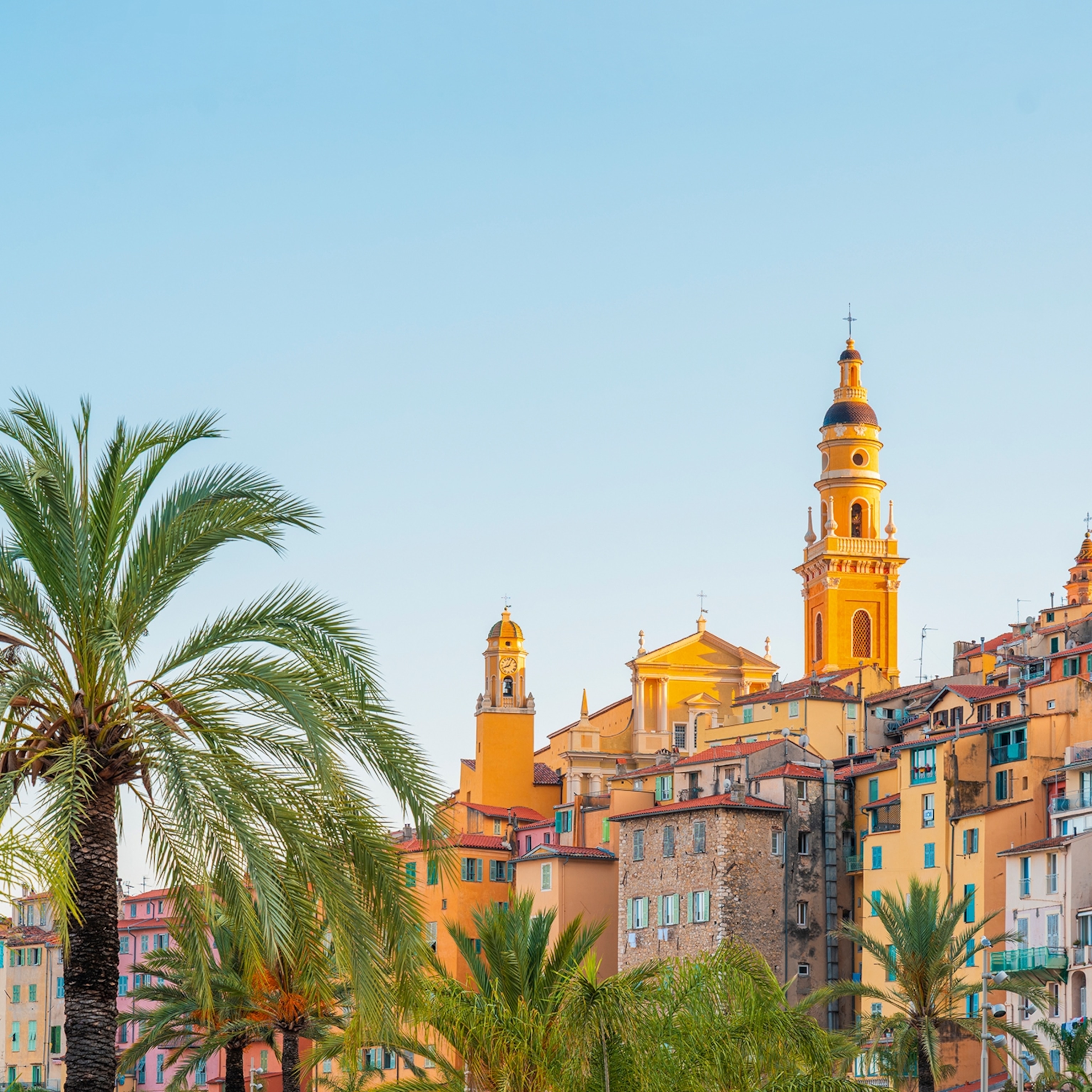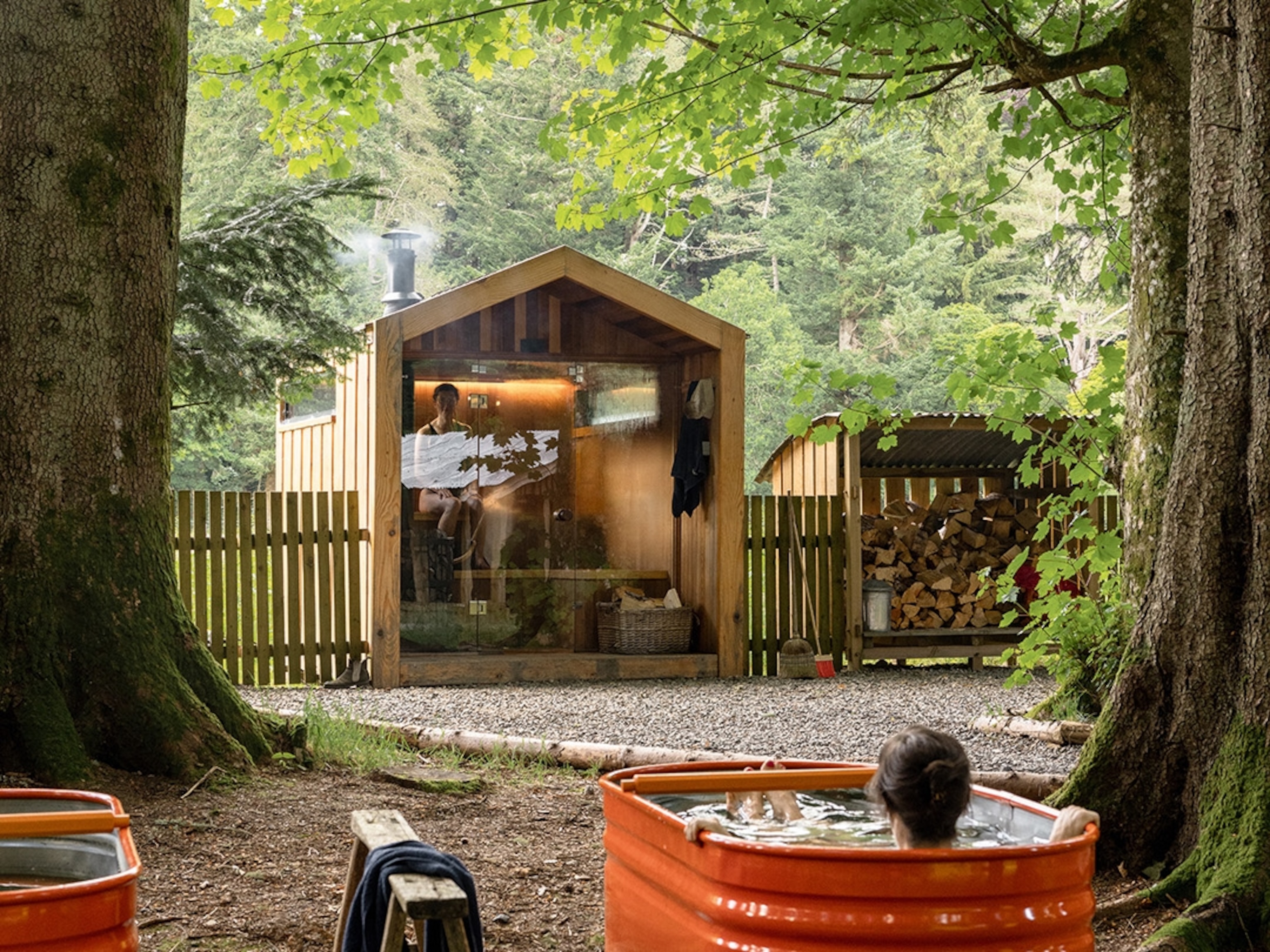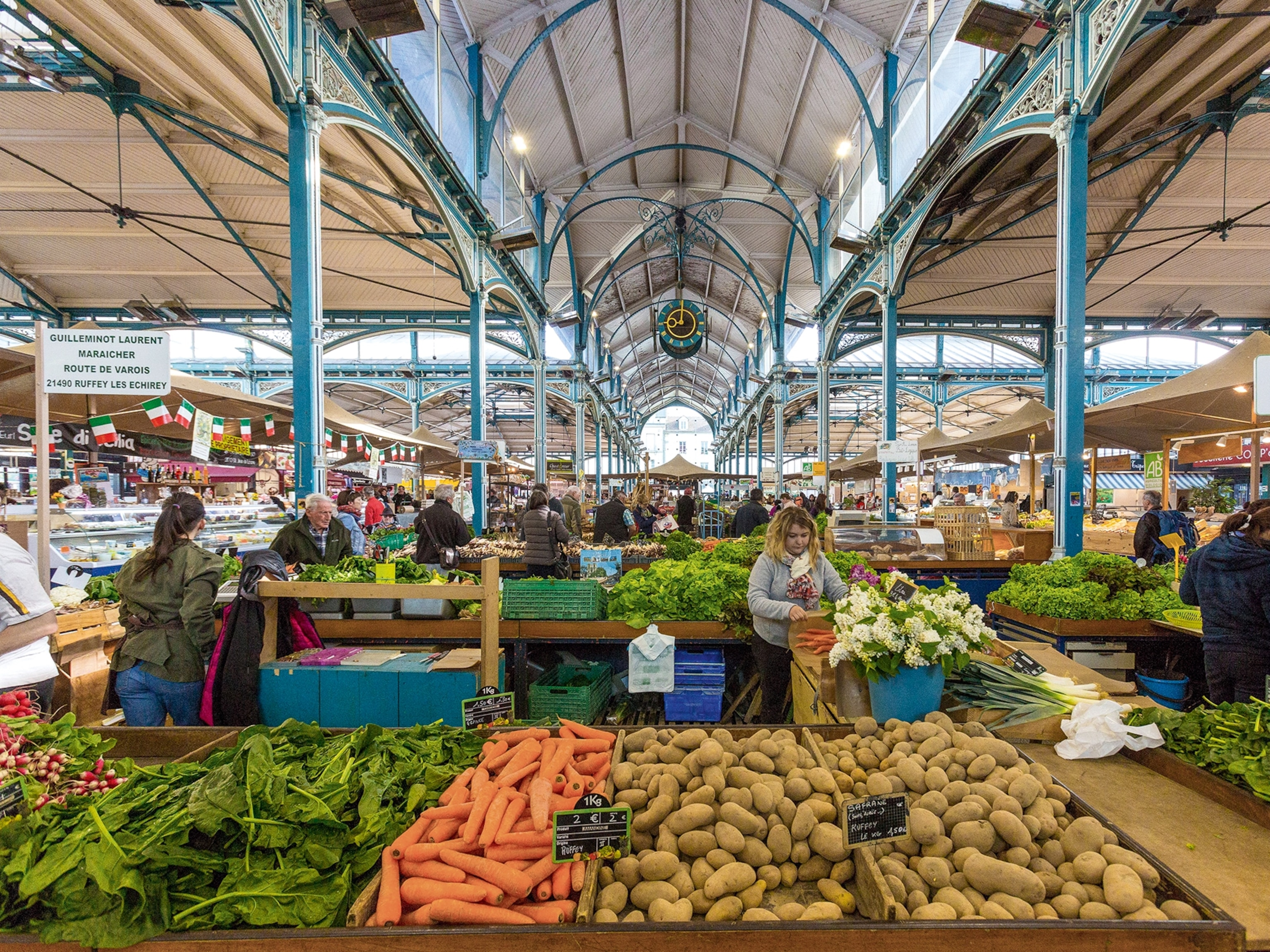How to explore France by campervan this summer
Whether you’re looking to discover the rolling lavender fields of Provence or capture the breathtaking vistas in the heart of the Alps, a campervan trip through France is one of the best ways to discover the country. Here’s what you need to know.

There are few better places to enjoy the freedom of campervan travel than France. One minute you’re relaxing in the shade of an apple orchard following a night on Normandy’s homebrewed calvados; the next you’re crawling up Europe’s highest paved road, the epic Col de l'Iseran. With such a varied array of experiences to explore it allows for endless adventure.
Campervanning here is also pretty straightforward — it’s just as accessible to road trip across the Alps, admiring chiselled peaks and sweeping panoramic views, as it is to dip into the Mediterranean, whizzing along idyllic sections of France’s 2,000-mile coast and parking overnight in a low-cost aire (stopover areas designed specially for campervans).
Whatever plans you have pencilled in, the best way to tackle this country is by covering one region per road trip. France is huge — around 600 miles from north to south and the same from east to west — so exploring by campervan requires a little patience.
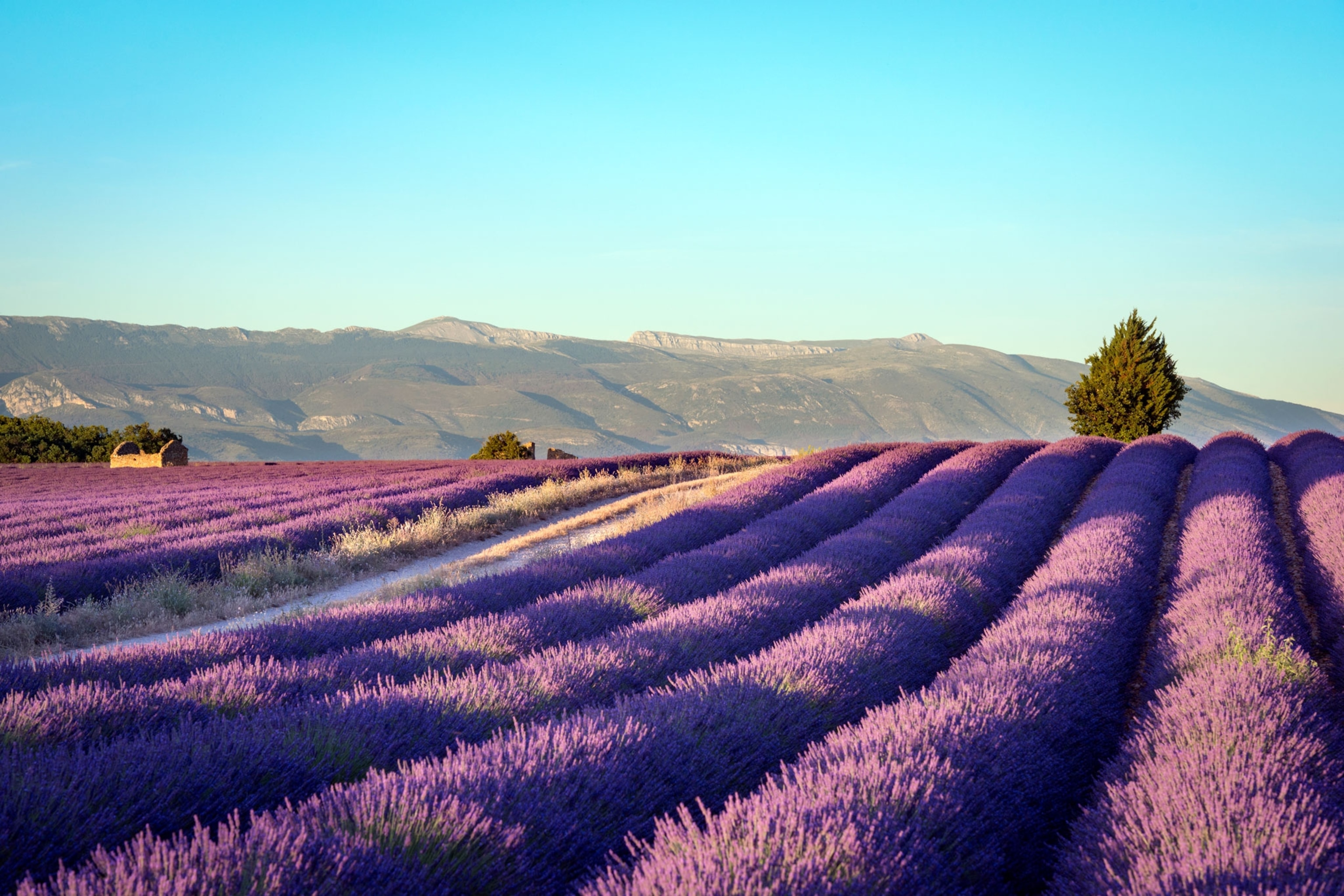
Come summer, many campervans head south for the fragrant lavender fields and rolling vineyards of Provence, or towards the star-studded French Riviera. The latter’s coastal roads have curves that leave drivers swooning from Cap Ferrat to Cannes but be careful not to drift into Monaco: campervans are not permitted here. Instead, park in neighbouring Cap-d'Ail and visit the principality via public transport. Apply the same advice for Paris, and other large cities.
If you’re looking for something more off the beaten track, opt for the wild drama of Brittany, a hilly peninsula in northwest France. Its lengthy, rugged coastline is dotted with beach resorts and famed for its unusual, blush-hued sand and prehistoric megalithic rocks. Elsewhere, the Atlantic coast offers a slow swing between wine-tasting in Saint-Émilion to ritzy restaurants in Biarritz — with plenty of rolling hills in between.
The vast, untamed and ancient terrain of the Pyrenees is another popular hotspot with campers in July and August, where drivers can tour between traditional mountain villages set among jagged peaks and the prehistoric cave paintings at Tarascon-sur-Ariège.

Thrill-seekers, meanwhile, can choose from several mountain passes, such as the snaking Col de l'Iseran, Europe’s highest paved road, that sweeps around the Graian Alps. It’s usually skiers up this high, but during the exceptional wildflower-meadow months, it offers an incredible parade of beauty — even when soundtracked by impatient beeps.
France also offers countless places and campervan sites where you can commune with nature — from the wonderfully wooded Ardennes to the ancient streams of the wild Périgord-Limousin Regional Natural Park. France Passion, a camping scheme connecting food producers with campervan drivers, can help travellers discover the country’s wild side. As well as a free, private space for the night — often a farmer’s field — drivers get to sample some incredible local produce with no obligation to buy. Whether quaffing wine in Burgundy or devouring creamy Auvergne cheese, farm-to-fork is rarely this short.
In the summer months, book private campsites in advance, especially if staying longer than a week. Websites like campercontact.com can be good barometers for availability. They’re also great for selecting spots with ample tree cover or a swimming pool. France has municipal alternatives, too — most now go pool-to-pool, playground-to-playground with their private counterparts, which can be cheaper.
If budgets are tight, divide trips into mini-drives by overnighting at an aires. park4night.com has a full list and most of them are free. They’re a parking spot and little else, but some have facilities like lavatories, small shops and restaurants. These charge a few Euros per stay, and you can usually park for between 24 and 48 hours.
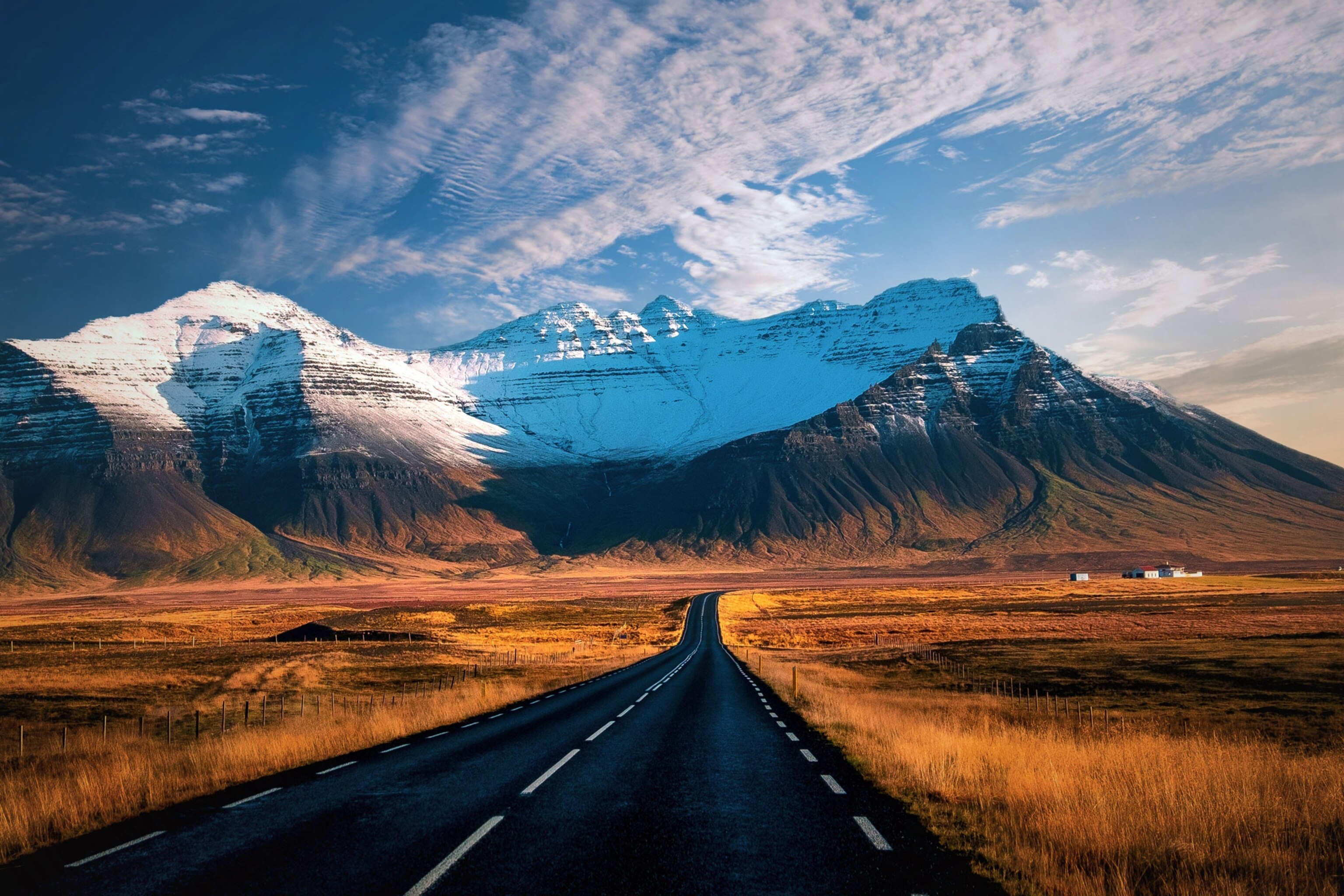
Three more European road trips to try
1. The Ring Road, Iceland
Forget the Golden Circle. To really get to know Iceland, traverse Route 1, also known as the Ring Road — an 828-mile lasso of the country that takes campervans past steaming geothermal hot pots, diamond-like glaciers, smouldering volcanic cones, lumpy lava fields and rushing cascades. From hiking through the rugged gorges of Thórsmörk to sea-kayaking along the cliffs of Snæfellsnes, there are detours aplenty, too. Then, at night, there’s every chance you’ll spot the swirling, dancing ribbons of the Northern Lights.
2. The Romantic Road, Germany
A joyous sweep of ancient castles, baroque churches and slumbering half-timbered towns (plus a statue of Jesus said to weep real tears), this 220-mile-long waltz through southern Germany lives up to its name. Start at riverside Würzburg and you can build up toward a cinematic finish at King Ludwig II’s Neuschwanstein Castle, which acted as a muse for King Stefan’s knockout pad in Disney’s Sleeping Beauty. En route, stop to visit beautiful Weikersheim Castle or wander the cobbled streets of pastel-painted Dinkelsbühl.
3. The panoramic roads, Montenegro
Wild doesn't quite cut it when describing Montenegro's four panoramic roads. Inspiring, imperious and impressive, these roads cover more than 745 miles combined, and run through dark green, deep-cut Tara Canyon and untouched national parks. They spiral tightly up towards mountainside monasteries and spill out around the shores of Lake Skadar. Essential stops include the former royal capital, Cetinje, and the flowing turquoise fjord at the Bay of Kotor. By campervan, the majesty of Montenegro unfurls right before your eyes. Note that some parts of the roads are unsuitable for larger campers — contact the tourist board for alternative workarounds.
It's helpful to have an alternative power source for camping out in the wilderness. The portable Jackery Solar Generator 2000 Plus is ideal for off-grid adventures. Its external battery pack has a capacity ranging from 2kwh to 12kwh and its trolley design makes it easy to move around outside. Travellers can choose how much power they need before the trip or use solar panels to charge the generator while out in the wilderness. For information and to purchase, visit uk.jackery.com

